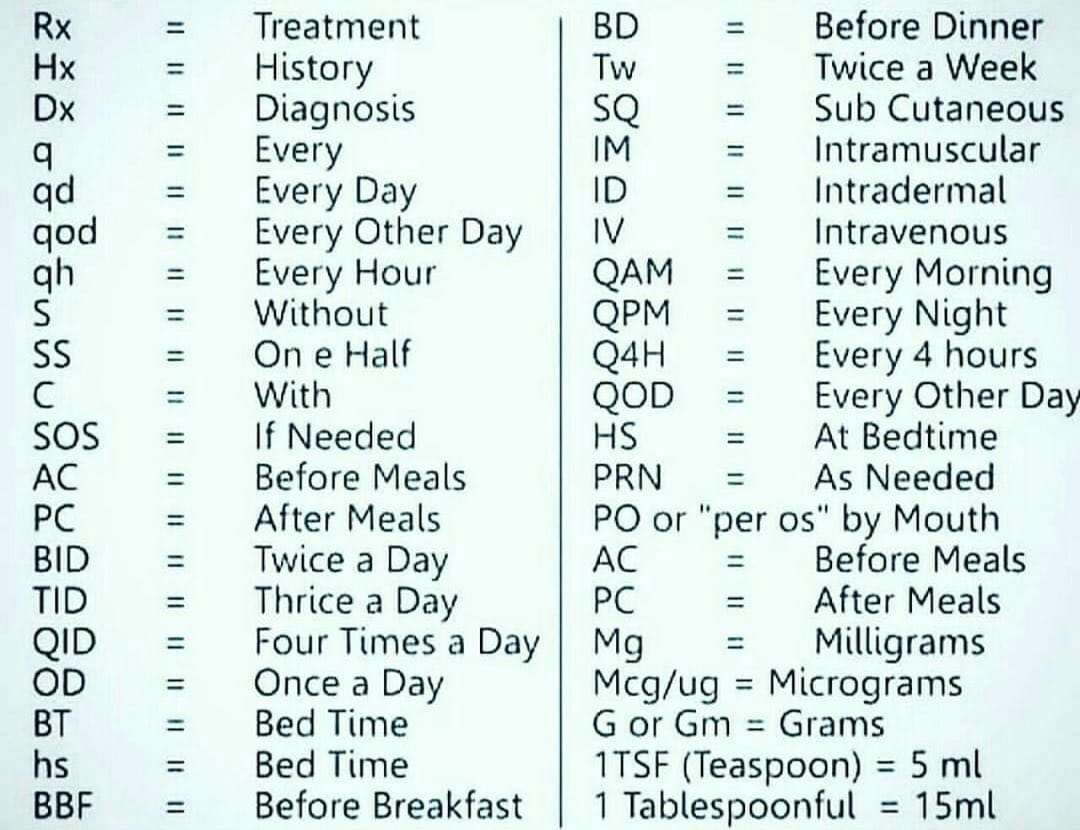PLOF, or Prior Level of Function, is a crucial concept in medical rehabilitation, particularly for determining appropriate care and insurance coverage. This article provides a comprehensive guide to PLOF for patients, families, and healthcare professionals.
What is PLOF?
PLOF represents a patient’s baseline functional abilities before a specific event, such as an illness, injury, surgery, or decline in health. This baseline serves as a critical starting point for assessing progress, setting realistic treatment goals, and justifying the medical necessity of therapy services, especially to insurance providers like Medicare. PLOF is commonly used by physical therapists (PTs), occupational therapists (OTs), and speech-language pathologists (SLPs). Understanding a patient’s PLOF allows therapists to develop individualized treatment plans and measure the effectiveness of interventions. For example, if someone breaks their hip, knowing their PLOF—were they walking independently, using a cane, or already using a wheelchair?—helps therapists tailor exercises and set achievable goals.
PLOF and Medicare: A Complex Relationship
While PLOF is clinically understood as the patient’s functional status before the onset of the condition requiring rehabilitation, Medicare often interprets PLOF as the patient’s status immediately prior to hospitalization. This distinction can create complexities for healthcare providers when justifying therapy coverage, particularly if a patient’s functional decline was gradual, as seen in conditions like dementia or Parkinson’s disease. In such cases, demonstrating a significant change between the pre-hospitalization PLOF and the current functional status can be challenging. This narrow timeframe may not accurately reflect the patient’s true prior level of function, potentially impacting access to necessary therapy services. Ongoing research suggests a need for clearer guidelines and more consistent application of PLOF principles in Medicare coverage decisions.
For instance, if an elderly individual experiences a gradual decline in mobility due to aging and then falls and breaks a hip, requiring hospitalization, Medicare might primarily consider their functional abilities just before the fall. This potentially overlooks the longer-term decline that may have contributed to the incident. Consequently, securing coverage for the therapy needed to regain their previous level of function, even if already declining, becomes more difficult. Some experts believe that incorporating a broader timeframe for assessing PLOF could lead to more appropriate and equitable coverage decisions.
Challenges and Considerations in PLOF Documentation
Accurate and comprehensive documentation of PLOF is crucial for therapists, particularly those working in skilled nursing facilities (SNFs). This documentation not only guides treatment planning but also serves as evidence for justifying the need for therapy to insurance providers. However, the lack of standardized methods for documenting PLOF can lead to inconsistencies and potential issues with Medicare audits. Therapists must navigate the complexities of documenting PLOF in a manner that satisfies both Medicare’s requirements and provides a complete picture of the patient’s functional history for optimal treatment.
Current research is exploring ways to improve the consistency and reliability of PLOF assessment. Some experts suggest that more standardized documentation practices could enhance communication and reduce ambiguity. Furthermore, there is ongoing discussion about how to best bridge the gap between the clinical and insurance-based interpretations of PLOF. This may involve advocating for policy changes that consider the patient’s broader functional history, especially in cases of chronic or progressive conditions.
The Importance of PLOF for Patients and Families
Understanding PLOF is not just important for healthcare professionals; it’s also crucial for patients and their families. A clear understanding of PLOF empowers patients to actively participate in their rehabilitation and set realistic expectations for recovery. It also helps families understand the rationale behind treatment plans and advocate for their loved ones’ needs. By working collaboratively with healthcare providers and understanding the nuances of PLOF, patients and families can navigate the healthcare system more effectively and ensure access to the most appropriate and beneficial therapy services.
PLOF and Other Medical Abbreviations
While understanding PLOF is crucial in rehabilitation, other medical abbreviations are also important to know. For example, “pre-op” is short for preoperative, referring to the period before surgery. Learn more about pre-op. Another abbreviation, RLL (Right Lower Lobe), is used to pinpoint specific areas of the lung when discussing respiratory conditions. Find out more about RLL and other lung abbreviations. If chronic muscle pain is a concern, understanding the PQRST pain assessment can be valuable.
By understanding these medical terms and abbreviations, patients and families can better communicate with healthcare providers and actively participate in their care journey.
Remember, medical knowledge is continually evolving. This information is intended for educational purposes and should not replace advice from your healthcare provider. Always consult with your doctor or other qualified healthcare professional if you have specific questions or concerns about your health. For those seeking spiritual insights, exploring crystals like phenakite might be of interest.
- Discover Quebec City Streets: A Charming Walking Guide - April 25, 2025
- Mastering Medium in Physics: Wave Propagation Secrets - April 25, 2025
- Unlocking Tree Secrets: A Study of Trees for Sustainable Futures - April 25, 2025

















1 thought on “Understanding PLOF: The Prior Level of Function in Medical Rehabilitation and Medicare”
Comments are closed.